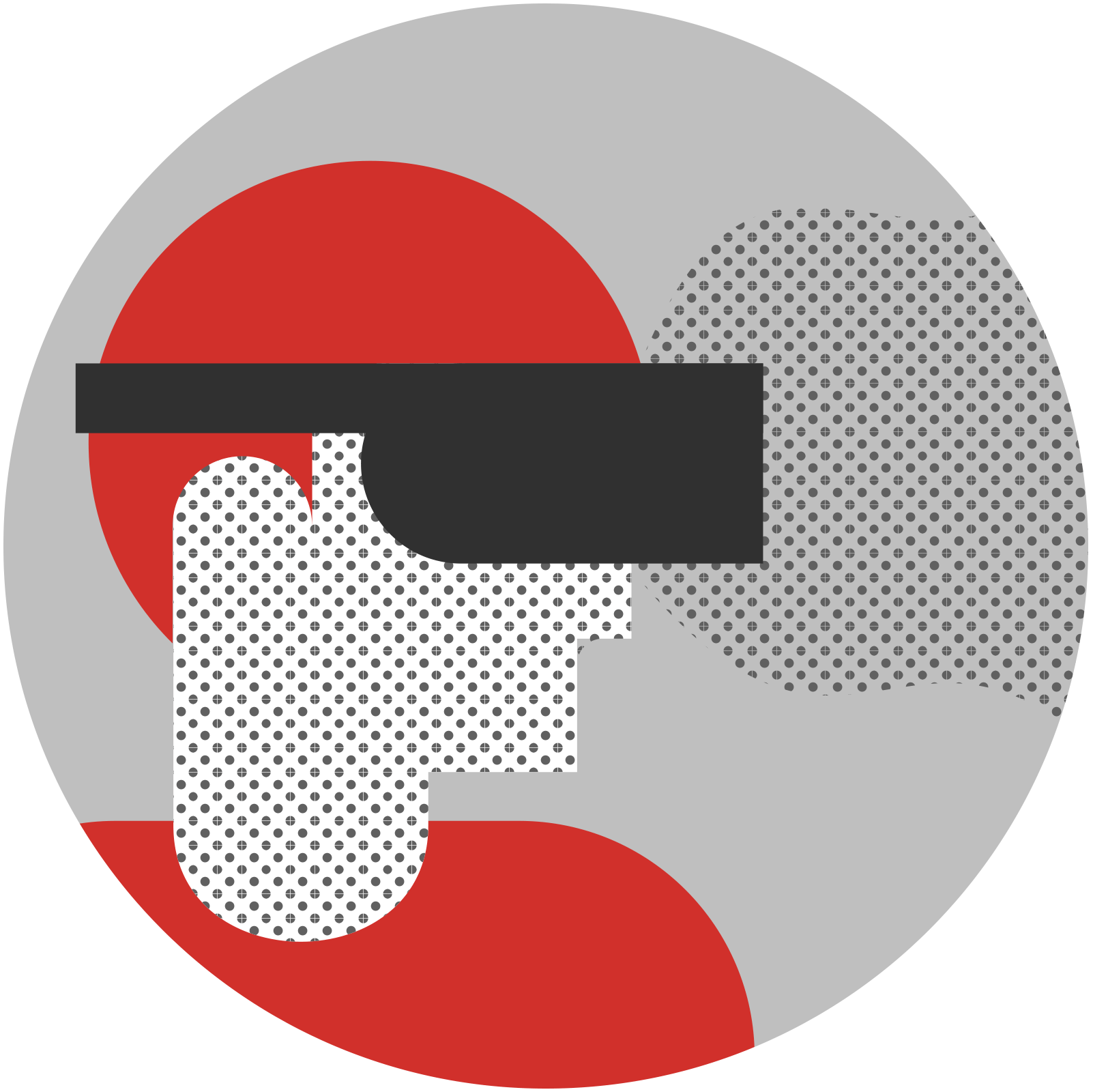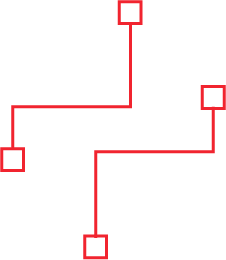10G Technology
Dual Channel Wi-Fi™
Developed by CableLabs, Dual Channel Wi-Fi delivers an efficient and more reliable connection.

Better Wi-Fi is better for everyone
-
Faster Wi-Fi on legacy devices
Not all home devices are set up for Dual Channel Wi-Fi yet, but that doesn’t pose a problem. By moving the downstream data onto the secondary channel, using at least one dual-channel device, airtime is freed on the primary Wi-Fi channel. The result is that all the older devices’ performance improves.
-
Higher customer satisfaction scores
At least 15 percent of customer service calls are Wi-Fi-related, ranging from a poor connection to video playback issues, which translates to roughly $600 million (in North America alone) in troubleshooting costs per year. By improving Wi-Fi performance, Dual Channel Wi-Fi technology will help eliminate a huge number of those Wi-Fi-related complaints, saving time and money, boosting customer satisfaction.
Implementation guidelines
Accessible through GitHub, the implementation guidelines provide instructions for implementing code to access point and client applications. To access all Dual Channel Wi-Fi code on Github, send requests to Bao Phommatha to be added to the private GitHub team repository.
-
AP (access points)
-
Client Devices

RDK-B
This document describes how to integrate and use the Dual Channel Wi-Fi (DCW) feature on the Arris XB3 device for RDK-B. In addition to the integration steps, a complete user manual and troubleshooting guide are included.

OpenWrt by Edgewater Wireless
This document describes how to integrate and use the Dual Channel Wi-Fi (DCW) feature on hardware using the OpenWrt software distribution on a hardware device running a Linux kernel. In addition to the integration steps, a complete user manual and troubleshooting guide are included.

RDK-V
This document describes how to integrate and use the Dual Channel Wi-Fi (DCW) feature on the Pace Xi5 RDK-V set-top box (STB). In addition to the integration steps, a basic user manual and troubleshooting guide are included

Windows 10
This document describes how to build and use the Dual Channel Wi-Fi (DCW) feature on PCs running the Windows operating system. In addition to the integration steps, a basic user manual and troubleshooting guide are included.

MAC OSX
This document describes how to build and use the Dual Channel Wi-Fi (DCW) feature on devices running the OSX platform. In addition to the integration steps, a basic user manual and troubleshooting guide are included.

Linux
This document describes how to build and use the Dual Channel Wi-Fi (DCW) feature on devices running the Linux operating system. In addition to the integration steps, a basic user manual and troubleshooting guide are included.
FAQs
- What are the results of Dual Channel Wi-Fi implementation?
-
Download the Dual Channel Wi-Fi™ Performance Test Report. This test report outlines the results of performance testing conducted on the Dual Channel Wi-Fi implementation.
- Does Dual Channel Wi-Fi have to run on 2.4Ghz and 5Ghz?
-
No, Dual Channel Wi-Fi can run entirely on 2.4Ghz, entirely on 5Ghz, or any combination of the two.
- Does Dual Channel Wi-Fi require hardware updates?
-
Dual Channel Wi-Fi requires that there be at least two available radios on both the AP and the client device: one for the primary channel and one for the data channel.
- How many data channels will Dual Channel Wi-Fi support?
-
Dual Channel Wi-Fi will support as many data channels as there are radios to support them. For example, if the device has three radios, you can have one radio for the primary channel and two radios for the two downstream data channels.
- Will Dual Channel Wi-Fi be supported on phones and laptops?
-
Dual Channel Wi-Fi devices require two or more radios. With dual-band concurrent Wi-Fi chipsets becoming widely available, more and more devices will be Dual Channel Wi-Fi capable with a software update. In the interim, devices that support external Wi-Fi adapters can be used.
- Which platforms will Dual Channel Wi-Fi be available on?
-
We have finalized our software contribution to RDK and are testing this implementation on the ARRIS XB3 and the Pace XI5, as well as a Windows 10 package and scripts for MAC OS and Linux. CableLabs worked with Edgewater Wireless to develop a dual channel implementation for OpenWrt platforms.
- Is Dual Channel Wi-Fi an amendment to the 802.11 standard?
-
No, it’s not. We’ve not altered the 802.11 standard.
- Can Dual Channel Wi-Fi be integrated with wireless mesh technology?
-
Yes, Dual Channel Wi-Fi can be integrated with mesh technology.
- What is the difference between Dual-Band Concurrent Wi-Fi and Dual Channel Wi-Fi?
-
Dual-Band Concurrent Wi-Fi is enabled by the latest Wi-Fi chipsets and is beginning to be incorporated into end-user devices. It allows for the simultaneous use of two or more bands in both upstream and downstream but doesn’t address airtime contention. Dual Channel Wi-Fi solves for airtime contention by adding one or more data channels. The primary channel is used for upstream and small downstream packets, and the others are used for large downstream and time-critical data, like video. A Traffic Filter Profile triages the data based on packet size, source IP, source port, destination port and protocol type and sends data to the appropriate channel, thus significantly easing congestion.
- What is Listen-Before-Talk (LBT)?
-
Wi-Fi is often referred to as “polite” because it uses a procedure called Listen-Before-Talk (LBT). LBT is a contention-based protocol that requires data-transmitting devices to listen and wait for a given frequency band to be clear before sending data. If the device (access point [AP] or station) does not detect transmissions, it proceeds to send data. If the device does detect transmissions, it waits for a random period of time and listens again for a clear frequency or channel before commencing transmission. Dual Channel Wi-Fi maintains LBT to ensure spectrum sharing fairness while increasing performance.


